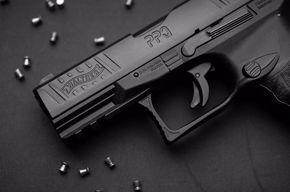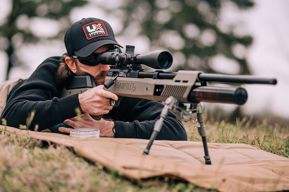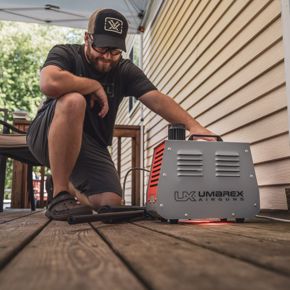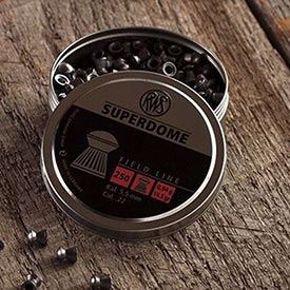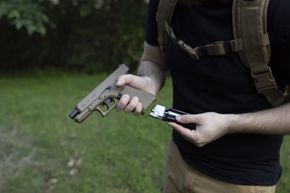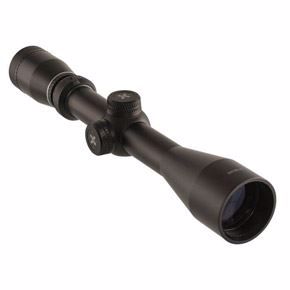In the world of pew-pews power sells. Speed sells. Excess sells… that is until it becomes really painful to shoot. Anyone who has ever shot a .357 Magnum from a lightweight snub nose revolver can attest to this. In a pinch or under stress, it won’t matter, but just going to the range and shooting a few boxes of ammo from such a lightweight and powerful handgun is going to leave a painful reminder in your hand.
The Weatherby line of rifles had a singular selling point that made their name stand out above all other rifle makers– extraordinary velocity. One of their legacy cartridges is the 300 Weatherby Magnum. A typical load for this round is a 180 grain slug that leaves the muzzle at 3,232 fps. Compared to the common .30-’06 Winchester round the Weatherby slug is moving over 400 fps faster and carrying 1,300 ft-lbs more energy as it moves toward the target. The bottom line with the typical Weatherby Magnum is a hunter can expect to shoot an accurate, lethal shot out to distances well beyond what one would shoot with the old .30-’06.
Maximum Overdrive!!! (But what does that mean?)
But when it comes to airguns, does this same logic from the powder burning world hold true? Well yes, but also no. On paper, yes, adding velocity to a projectile can’t help but create kinetic force. Physics expresses this reality with the following equation: KE= ½ X Mass X Velocity2 . The factor that is not considered by this formula is the shape of the projectile. Pellets are shaped the way they are by necessity. With a limited amount of force pushing the pellet out of the barrel, too tight of a fit will lead to a pellet getting stuck in the barrel. This explains the hollow “skirt” design. This skirt expands to engage the barrel’s rifling when the trigger is pulled. The shape, however, is not all that aerodynamic.
As some pellet rifle shooters have discovered, when you push a pellet too fast, the accuracy of the shot becomes less than stellar. It is the skirted design of the pellet that leads to poor accuracy when pushed too fast.
Pick the Right Pellet for Your Airgun
This is why pellet rifle shooters experiment with various pellet weights and designs in their rifles along with various tunings of their rifle (Explore the new Umarex Brimstone Pellets here). Basically, the idea is that if you increase the air charge, you need to make a corresponding increase in pellet mass. Conventional wisdom says that the best accuracy for a pellet will be found between 850 and 980 fps. In tuning for the most energy, keeping the velocity close to that maximum and the pellet weight as high as possible as well.
To simplify pellet choice, if you don’t have access to a chronograph, just pick the most accurate pellet that your rifle will shoot. Afterall, shot placement is everything. The photo below is an excellent testimonial to this fact. Chris Cook used the Umarex Notos .22 caliber pellet rifle to harvest this 30ish pound pig. Chris used a 22 grain pellet in the Notos which means the pellet was moving in the 700 fps range. Maybe in the high 600’s. Accuracy is, indeed, everything.

